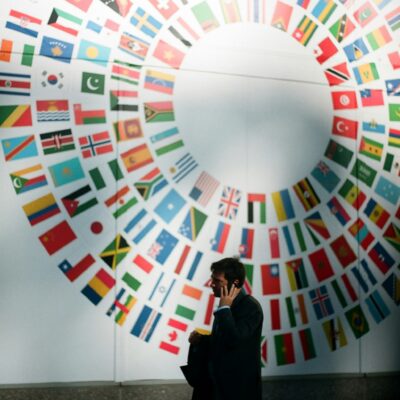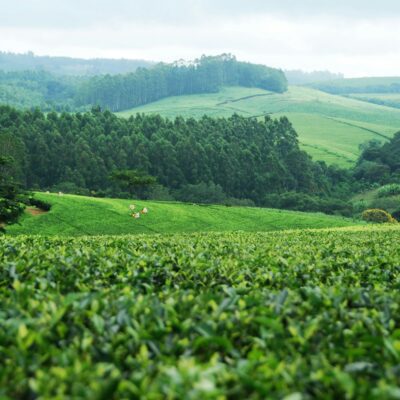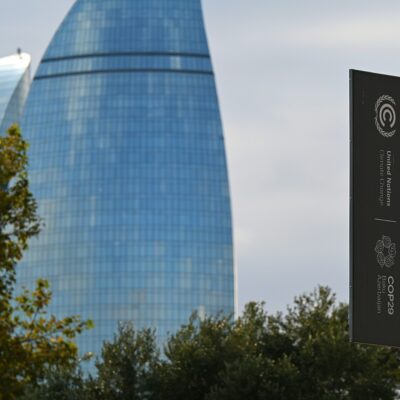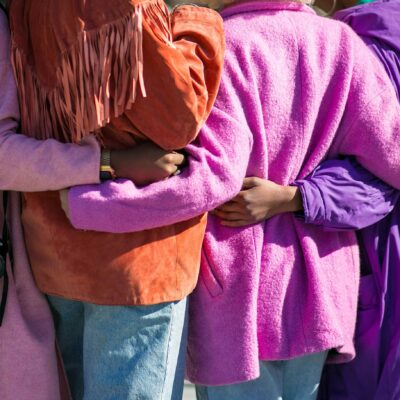 Photo: Unsplash / Amani Nation
Photo: Unsplash / Amani Nation
This article was first published on D+C.
For more than a decade, there has been much talk of middle classes in the global south – including in development studies regarding Africa. But who exactly is middle class? Henning Melber explores the concept in this blog post on D+C.
“The middle classes of the Global South became a focus of attention mainly because of the changes economic growth brought about in the social structure of developing countries. In East and Southeast Asia (especially in China), progressing industrialisation rapidly lifted ever more people out of poverty. However, a precarious minimum income was all it took to be considered middle class. The fact that groups in the lower rungs of this broadly defined middle class live in anything but stable circumstances is often ignored. Raphael Kaplinsky of the British Open University dryly remarked in 2014 that the middle class now seemed to include anyone not suffering hunger.”
“However, the soaring expectations turned out to be wishful thinking. The reality is a far cry from the myth of a large, cohesive and progressive middle class.”
What are the key characteristics of a middle class? The term is not clearly defined. Playing statistical games with income data is all too simplistic.
“Regardless of many valid objections, it makes sense to pay attention to Africa’s middle classes. Their actual size and substance need to be examined more closely from both an economic and political angle. For doing to, inspiration could be usefully drawn from Marxian class theory. Its focus is on who owns the means of production – and that determines who depends on whom economically. Tackling this matter would help demythologise the concept of middle class.”
This article is written by Henning Melber for D+C.










